Home>Garden Essentials>How Long Does A Pinto Bean Take To Germinate
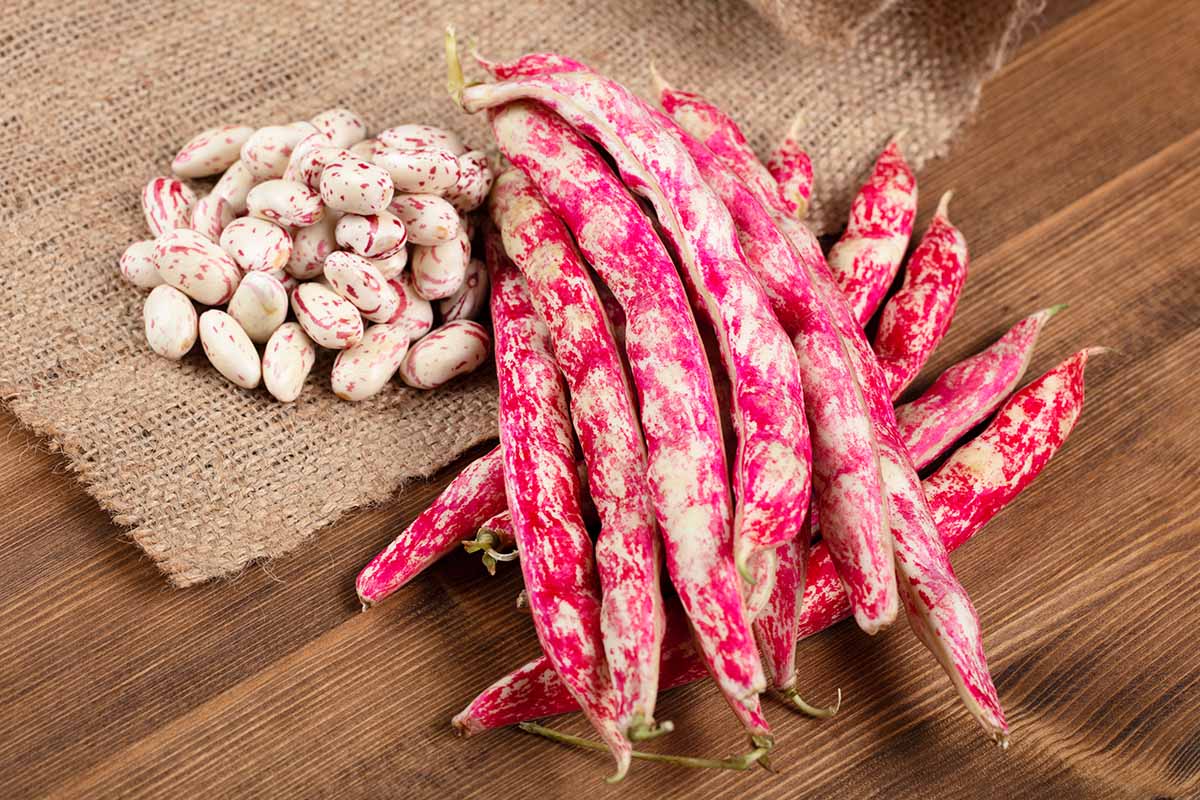

Garden Essentials
How Long Does A Pinto Bean Take To Germinate
Modified: March 16, 2024
Discover how long it takes for a pinto bean to germinate in your garden. Get insights on ideal conditions and tips for successful germination.
(Many of the links in this article redirect to a specific reviewed product. Your purchase of these products through affiliate links helps to generate commission for Storables.com, at no extra cost. Learn more)
Introduction
Welcome to our comprehensive guide on pinto bean germination! If you’re a gardening enthusiast or a beginner looking to grow your own pinto beans, understanding the germination process is crucial for successful plant growth. Germination is the initial stage of a plant’s life when the seed sprouts and begins to develop into a seedling.
Pinto beans, also known as Phaseolus vulgaris, are popular legumes that are widely cultivated for their delicious taste, nutritional value, and versatility in various dishes. These beans are native to North and South America and have been a staple food for centuries due to their high protein and fiber content.
Germinating pinto beans can be an exciting and rewarding experience, as it allows you to witness the growth process from a tiny seed to a thriving plant. However, achieving successful germination requires proper understanding of the factors that influence the process and creating the optimal conditions for the beans to sprout.
In this guide, we will explore the various factors that affect pinto bean germination and provide you with practical tips to ensure a smooth and efficient germination process. Whether you’re planning to grow pinto beans in your garden, a container, or even indoors, this article will equip you with the knowledge and techniques to cultivate healthy and vibrant pinto bean plants.
Key Takeaways:
- Pinto beans take about 7 to 10 days to sprout, but factors like temperature and moisture can affect the germination time. Patience and care are key during this exciting stage of plant growth!
- To speed up pinto bean germination, try pre-soaking the seeds, providing warmth, and maintaining optimal moisture levels. Remember, gardening is a journey filled with new growth and delicious homegrown beans!
Factors influencing pinto bean germination
Pinto beans, like any other plant, require specific conditions to germinate successfully. Understanding the factors that influence pinto bean germination is crucial for providing the optimal environment for the seeds to sprout. Let’s take a closer look at these factors:
- Temperature: Temperature plays a significant role in the germination process. Pinto beans prefer a temperature range of 70-85°F (21-29°C) for optimal germination. Seeds may struggle to sprout in cooler temperatures, while higher temperatures can lead to poor germination rates or even seedling death. Maintaining a consistent and favorable temperature is key to promoting successful pinto bean germination.
- Moisture: Adequate moisture is essential for pinto bean germination. The seeds require a sufficient amount of water to soften and activate the germination process. However, excessive moisture can lead to rotting or fungal diseases. It is crucial to provide consistent but not excessive moisture by watering the seeds regularly and ensuring proper drainage.
- Light: Pinto beans do not require direct sunlight for germination. In fact, they prefer to germinate in darkness or low light conditions. Direct sunlight can dry out the soil and inhibit germination. It is recommended to place the seeds in a shaded area or cover them with a thin layer of soil to provide the ideal light conditions for germination.
- Air circulation: Good air circulation is important for pinto bean germination. Proper ventilation helps prevent the buildup of moisture, which can create a favorable environment for mold and fungus. It is advisable to provide adequate spacing between the seeds and avoid overcrowding to promote healthy air circulation.
- Seed quality: The quality of the pinto bean seeds greatly affects germination success. Ensure that you are using fresh and viable seeds that have been properly stored. Older or damaged seeds may have reduced germination rates or fail to sprout altogether.
- Soil quality: The soil in which you plant the pinto bean seeds should be well-draining and nutrient-rich. A loose and loamy soil texture allows the roots to penetrate easily and access necessary nutrients. Avoid compacted or waterlogged soil, as it can hinder germination and cause root rot.
By considering these factors and making necessary adjustments, you can create an environment that promotes optimal pinto bean germination. Now that we have explored the factors, let’s delve into the conditions that support pinto bean germination.
Optimal conditions for pinto bean germination
Providing the optimal conditions for pinto bean germination is essential to ensure successful sprouting and healthy seedling development. Let’s uncover the ideal conditions that support pinto bean germination:
- Soil temperature: Pinto beans thrive in soil temperatures between 60-85°F (15-29°C). Warmer temperatures help speed up the germination process, while colder temperatures may cause the seeds to become dormant. Using a soil thermometer can be helpful in maintaining the right temperature range for optimal germination.
- Moisture balance: Pinto bean seeds require consistent moisture to germinate, but excessive water can hinder the process. Aim to keep the soil consistently moist but not waterlogged. A good rule of thumb is to ensure that the top inch of soil remains moist. Regularly check the soil moisture and adjust watering accordingly.
- Seed depth: Plant the pinto bean seeds at a depth of about 1 to 1.5 inches (2.5 to 3.8 cm). This depth provides the right balance of moisture retention and allows the emerging seedling to push through the soil easily. Planting too shallow may result in drying out, while planting too deep can lead to delayed or unsuccessful germination.
- Light exposure: Pinto bean seeds do not require direct sunlight for germination. They prefer to germinate in darkness or low light conditions. Therefore, it is recommended to plant the seeds in a shaded area or cover them with a thin layer of soil to create the ideal light conditions for germination.
- Germination time: Pinto beans typically take about 7 to 10 days to germinate under optimal conditions. However, this time can vary depending on factors such as temperature, moisture, and seed quality. Regularly monitor the progress of germination and be patient as the seeds sprout and develop into seedlings.
- Protection from pests and diseases: Before planting the pinto bean seeds, ensure that the planting area is free from pests and diseases that can harm the germinating seeds. Implement preventive measures such as removing weeds, sterilizing tools, and using organic pest control methods to safeguard the seeds from potential threats.
By providing the ideal conditions of soil temperature, moisture balance, seed depth, light exposure, and protection from pests, you can create a conducive environment for pinto bean germination. In the next section, we will explore methods to accelerate the germination process and ensure successful sprouting.
Germination time of pinto beans
The germination time of pinto beans refers to the period it takes for the seeds to sprout and develop into seedlings. Understanding the typical germination time helps gardeners to monitor the progress of their pinto bean plants and identify any issues that may arise during this critical stage.
On average, pinto beans take approximately 7 to 10 days to germinate under optimal conditions. However, it’s important to note that this timeframe may vary depending on several factors, including temperature, moisture levels, and seed quality.
Temperature plays a significant role in the speed of pinto bean germination. Warmer temperatures, typically between 70-85°F (21-29°C), can accelerate the germination process, leading to faster sprouting. Conversely, cooler temperatures may slow down germination or even inhibit it. Providing the ideal temperature range ensures optimal conditions for timely germination of pinto beans.
Moisture levels also influence the germination time of pinto beans. Adequate moisture is necessary for the seeds to soften and activate the germination process. Consistent and proper watering ensures the seeds have the moisture they need without becoming waterlogged, which can delay or hinder sprouting. Maintaining the right balance of moisture expedites pinto bean germination.
The quality of the pinto bean seeds also impacts the germination time. Fresh, viable seeds that have been properly stored are more likely to have a higher germination rate and sprout within the expected timeframe. Using older or damaged seeds may result in longer germination periods or poor sprouting rates.
It’s important to note that while the average germination time for pinto beans is around 7 to 10 days, some seeds may sprout earlier while others may take a bit longer. Patience is key during this stage of the plant’s growth, as germination may vary depending on individual seed characteristics and environmental conditions.
Regular monitoring of the pinto bean seeds is crucial during the germination period. Keep an eye on the soil moisture levels, temperature, and any signs of sprouting. If the seeds haven’t sprouted after a couple of weeks, it may indicate issues with the seeds’ viability or unfavorable growing conditions.
By understanding the typical germination time of pinto beans and considering the influencing factors, you can gauge the progress of your pinto bean plants and ensure that they are on track for healthy growth. In the next section, we will discuss methods to accelerate pinto bean germination if desired.
Pinto beans typically take 7-10 days to germinate. Keep the soil consistently moist and provide warmth for best results.
Methods to accelerate pinto bean germination
If you’re eager to see quicker results in the germination of your pinto beans, there are several methods you can try to accelerate the process. While the natural germination time is around 7 to 10 days, these techniques can help speed up the sprouting of the seeds:
- Pre-soaking: Pre-soaking pinto bean seeds before planting can help soften the seed coat and encourage faster germination. Simply place the seeds in a bowl of room temperature water and allow them to soak for 8 to 12 hours. After soaking, drain the water and proceed with planting the seeds.
- Scarification: Scarification is a technique that involves slightly nicking or scratching the outer seed coat to break its tough protective layer. This process can improve water absorption and enhance germination rates. Gently rub the pinto bean seeds with fine sandpaper or use a nail clipper to create a small nick on the seed coat before planting.
- Warm soil: Providing a warmer environment for the pinto bean seeds can expedite the germination process. You can achieve this by using a heat mat or placing the seed trays near a heat source, such as a radiator or heating pad. Ensure that the temperature remains within the optimal range of 70-85°F (21-29°C) to avoid overheating.
- Optimal moisture: Maintaining the right moisture levels can promote faster germination. Ensure that the soil is consistently moist but not waterlogged. Use a spray bottle to mist the soil gently to keep it moist throughout the germination period. Avoid overwatering, as excessive moisture can lead to fungal issues.
- Indoor germination: Starting the germination process indoors can provide a controlled environment that is conducive to faster sprouting. You can use seedling trays or pots filled with a well-draining potting mix. Place the seeds in a warm area with indirect light and monitor the moisture levels regularly.
- Use of a seedling heat mat: Investing in a seedling heat mat can provide consistent bottom heat to the pinto bean seeds, promoting faster and more uniform germination. Place the heat mat under the seed trays or pots and adjust the temperature to the recommended range for pinto beans.
It’s important to note that while these methods can accelerate pinto bean germination, they are not guaranteeing instant results. Germination is a natural process influenced by various factors, and individual seeds may still exhibit slight variations in sprouting time. Patience and consistent care are still necessary, even when utilizing these techniques.
By implementing these methods, you can potentially shorten the germination time of your pinto beans and enjoy earlier sprouting. However, remember to maintain the optimal conditions of temperature, moisture, and light to ensure the healthy growth of your pinto bean seedlings. In the next section, we will discuss common issues and troubleshooting during pinto bean germination.
Common issues and troubleshooting during pinto bean germination
While pinto bean germination is a relatively straightforward process, there are occasional challenges that gardeners may encounter. Being aware of common issues and knowing how to troubleshoot them can help ensure successful germination. Let’s explore some common problems and their solutions:
- Poor germination rates: If you notice that only a small percentage of your pinto bean seeds are germinating, the issue may lie with the quality of the seeds. Ensure you are using fresh, viable seeds and avoid using seeds that are old or damaged. Proper storage of seeds in a cool and dry place can also help maintain their viability.
- Slow or no germination: If the pinto bean seeds are not sprouting or taking longer than expected to germinate, the temperature may be too low. Check that the soil temperature is within the optimal range of 70-85°F (21-29°C). Providing a consistent and warm environment can help stimulate germination. Also, ensure that the soil is adequately moist, but not waterlogged, as excessive moisture can impede germination.
- Damping-off disease: Damping-off is a common fungal disease that affects the germinating seeds and seedlings, causing them to wilt and die. To prevent damping-off, ensure good air circulation around the seeds and avoid overwatering. Use well-draining soil and sterilize your planting containers and tools before use to minimize the risk of fungal infections.
- Seed rot: Excessively wet conditions or poor drainage can lead to seed rot. This can cause the seeds to decay before germination. To prevent seed rot, make sure the soil has good drainage and be mindful of overwatering. Using a well-draining soil mix and providing proper air circulation can help mitigate the risk of seed rot.
- Seedling legginess: Leggy seedlings occur when seedlings stretch to reach for light, typically due to inadequate light conditions. This can result in weak and elongated stems. To prevent leggy seedlings, provide adequate light by placing them in a well-lit area or using a grow light if growing indoors. Avoid overcrowding the seedlings, as this can also lead to legginess.
- Pests and insects: Pinto beans are occasionally susceptible to pests such as aphids, bean beetles, and snails. These pests can damage the tender seedlings. Implement preventive measures such as using organic pest control methods, removing weeds, and maintaining a clean growing environment to minimize the risk of infestations.
By addressing these common issues during pinto bean germination, you can ensure healthy sprouting and promote the successful development of your seedlings. Regular monitoring, proper care, and timely intervention can help resolve any challenges that arise. In the concluding section, let’s summarize our key points on pinto bean germination.
Conclusion
Growing pinto beans from seeds is a rewarding and enjoyable experience. Understanding the factors that influence pinto bean germination and creating the optimal conditions are crucial for successful sprouting and healthy seedling development. By providing the right temperature, moisture, light, and air circulation, you can promote optimal germination and ensure the best possible start for your pinto bean plants.
Remember that pinto beans typically take around 7 to 10 days to germinate under ideal conditions. However, factors such as temperature, moisture, seed quality, and individual variations can influence the germination time. Regular monitoring, patience, and proper care during this stage are essential.
If you’re looking to accelerate the germination process, you can try pre-soaking the seeds, scarification, using a heat mat, and ensuring optimal moisture levels. These techniques may help expedite the sprouting of the seeds, but it’s important to maintain the overall germination requirements for the best results.
Throughout the germination process, be aware of common issues such as poor germination rates, slow germination, damping-off disease, seed rot, leggy seedlings, and pest infestations. Troubleshooting these problems promptly and implementing preventive measures can help ensure healthy germination and protect your pinto bean plants from potential setbacks.
By combining the knowledge of pinto bean germination with your passion for gardening, you can cultivate thriving pinto bean plants that will provide you with a bountiful harvest. Whether you plan to grow pinto beans in your garden, a container, or indoors, the journey from seed to plant is a rewarding one filled with new growth and the delicious taste of homegrown beans.
Happy gardening and may your pinto bean germination be successful!
Curious about how seeds wake up and sprout? Our detailed guide on seed germination unravels the mystery behind those first crucial days of a plant's life. Whether you're planting pinto beans or any other seeds, understanding the germination process can drastically improve your gardening success. Speaking of gardens, why not give yours a makeover with some creative fencing ideas? Dive into our collection of the best garden fence ideas that can transform your outdoor space into a delightful, functional haven.
Frequently Asked Questions about How Long Does A Pinto Bean Take To Germinate
Was this page helpful?
At Storables.com, we guarantee accurate and reliable information. Our content, validated by Expert Board Contributors, is crafted following stringent Editorial Policies. We're committed to providing you with well-researched, expert-backed insights for all your informational needs.
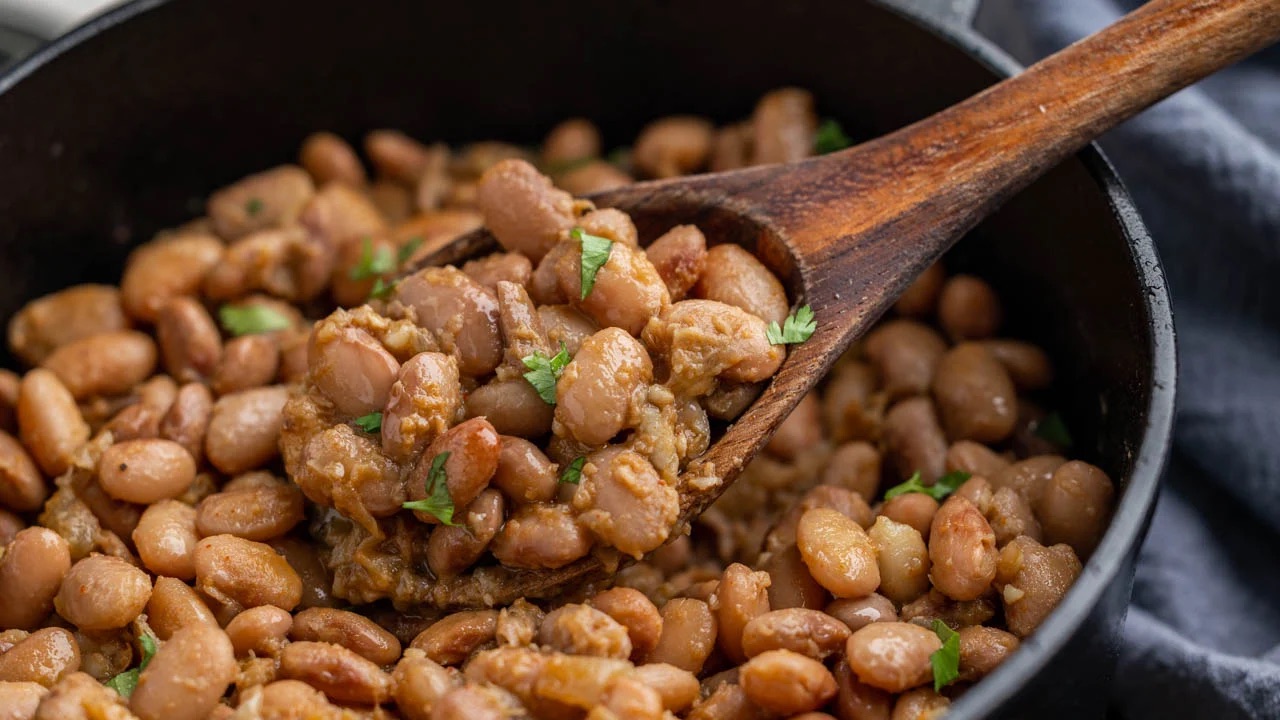
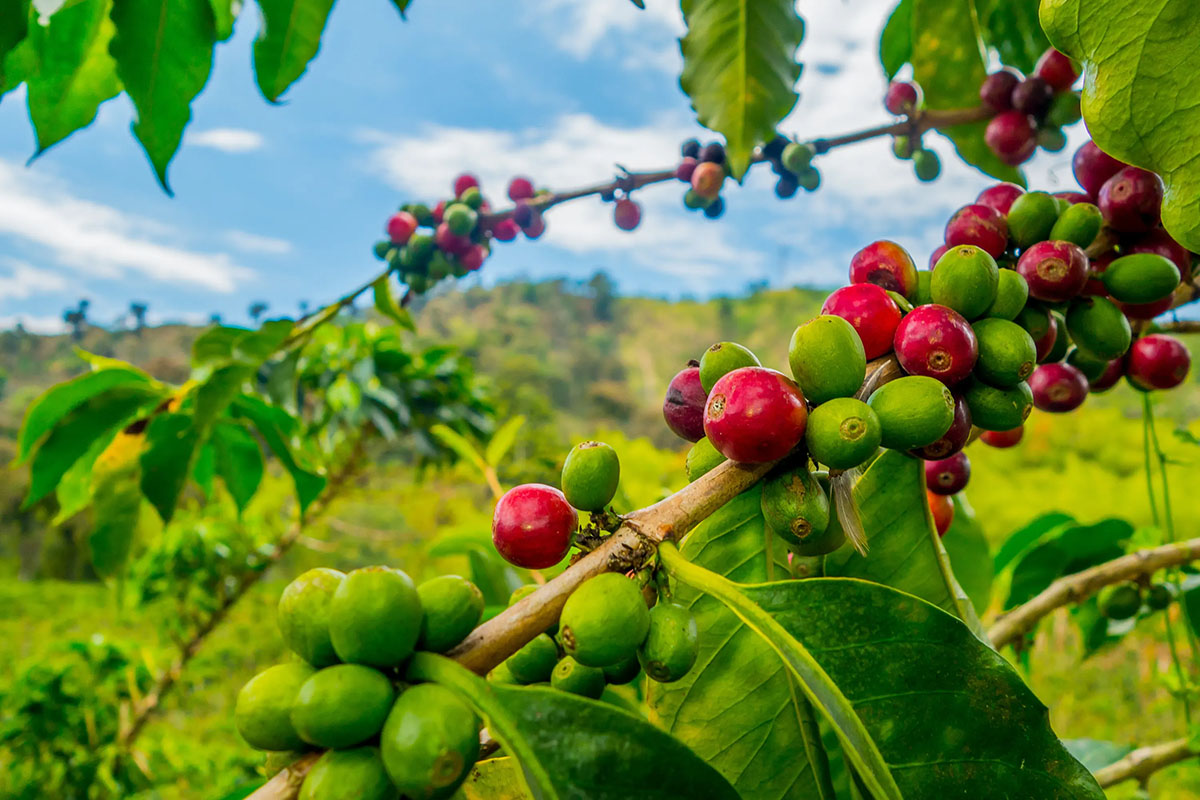
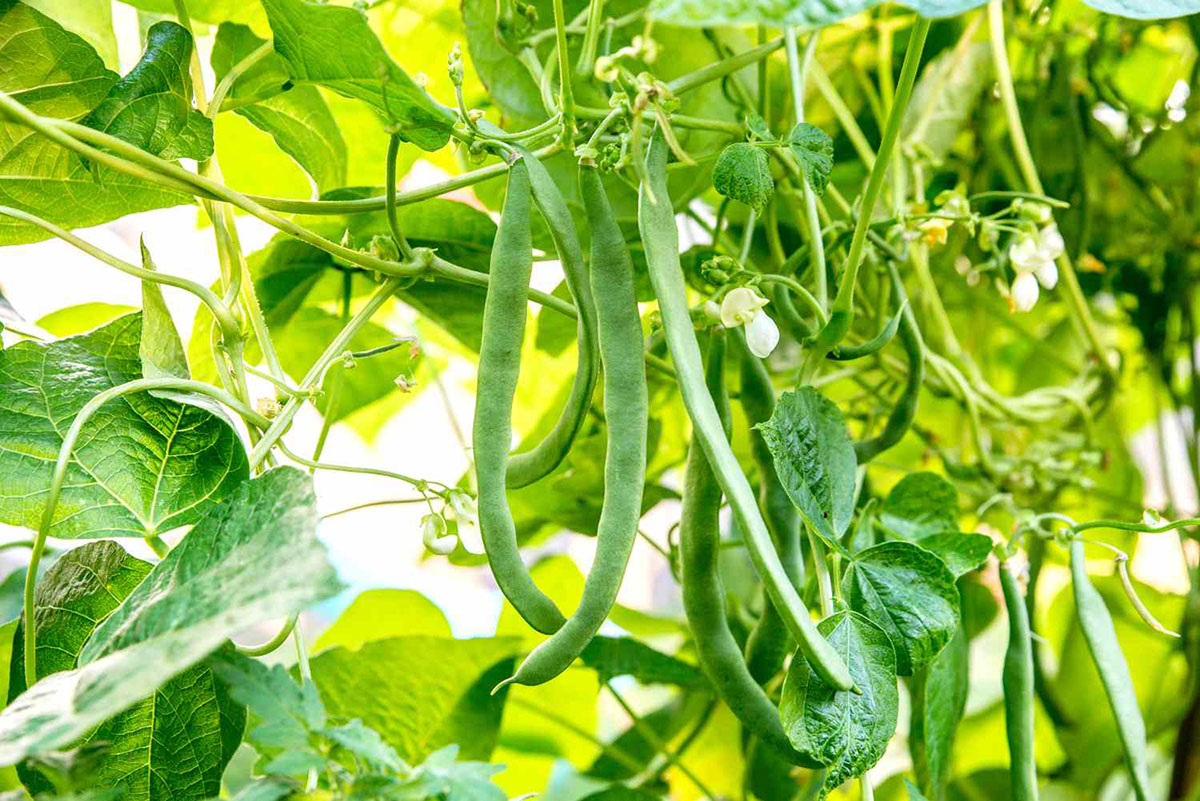

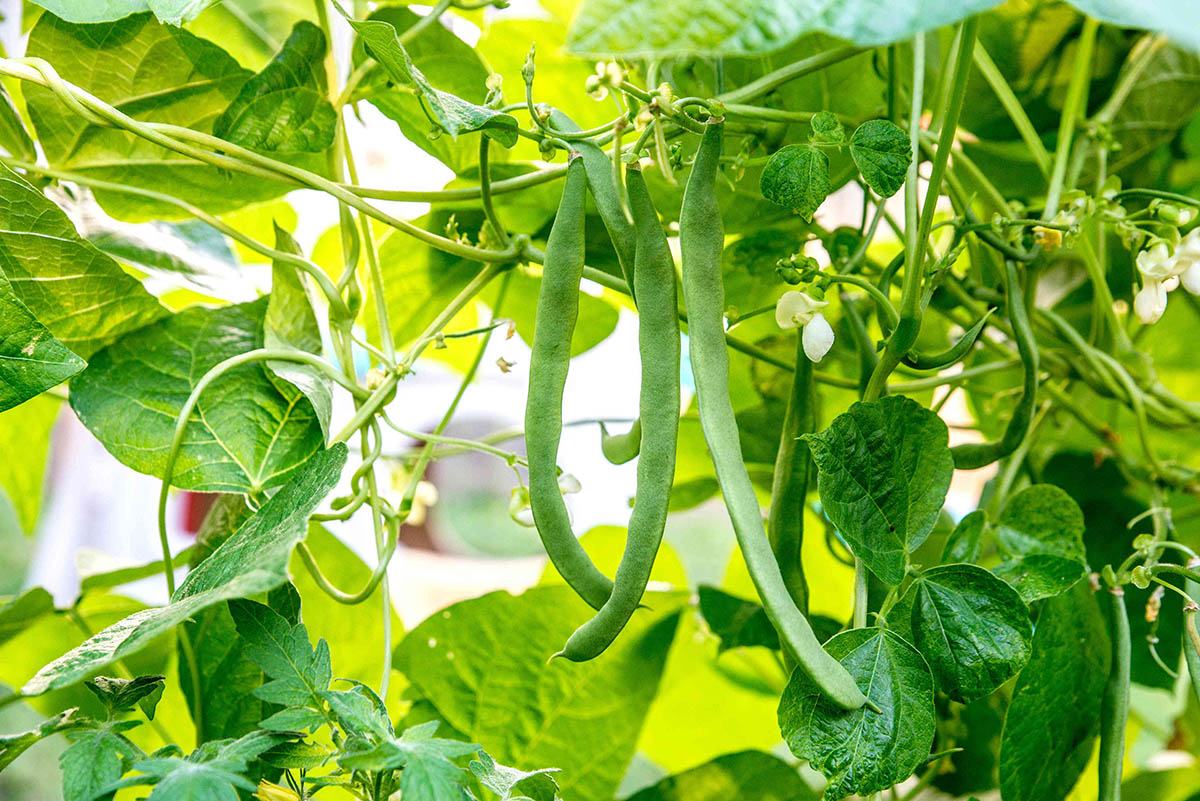
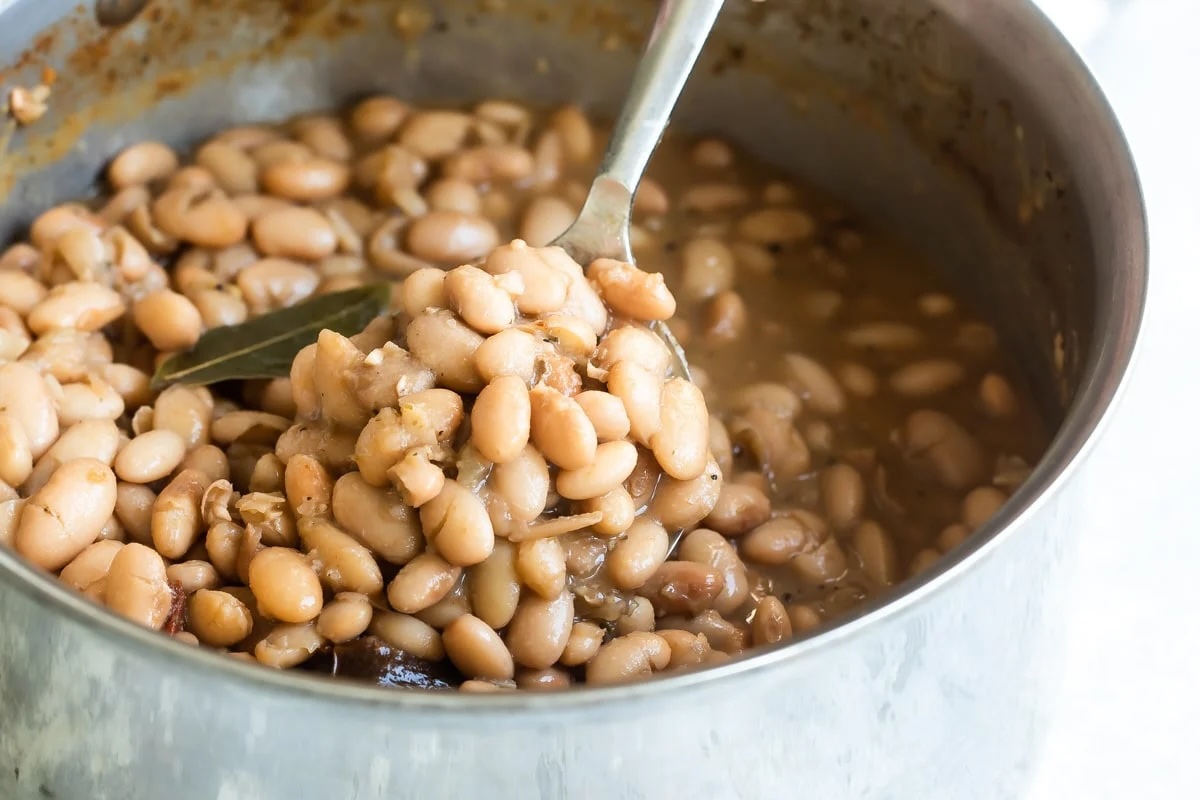

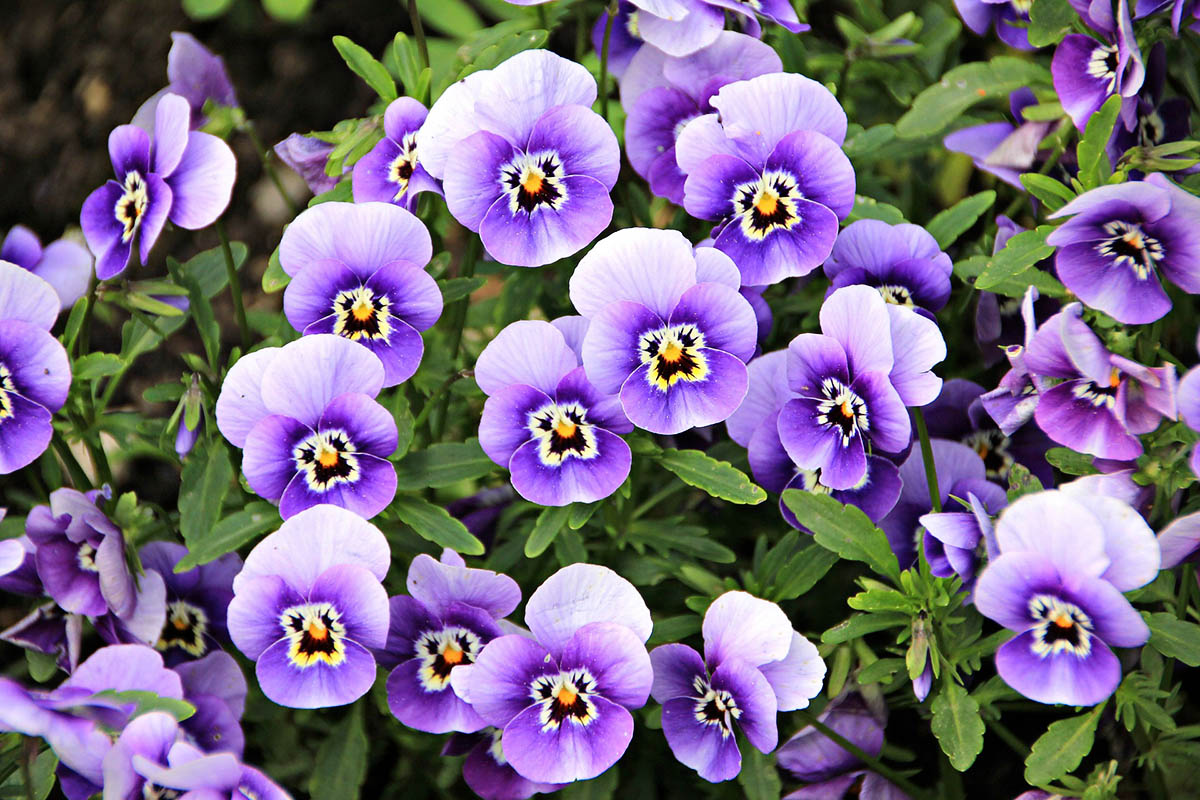
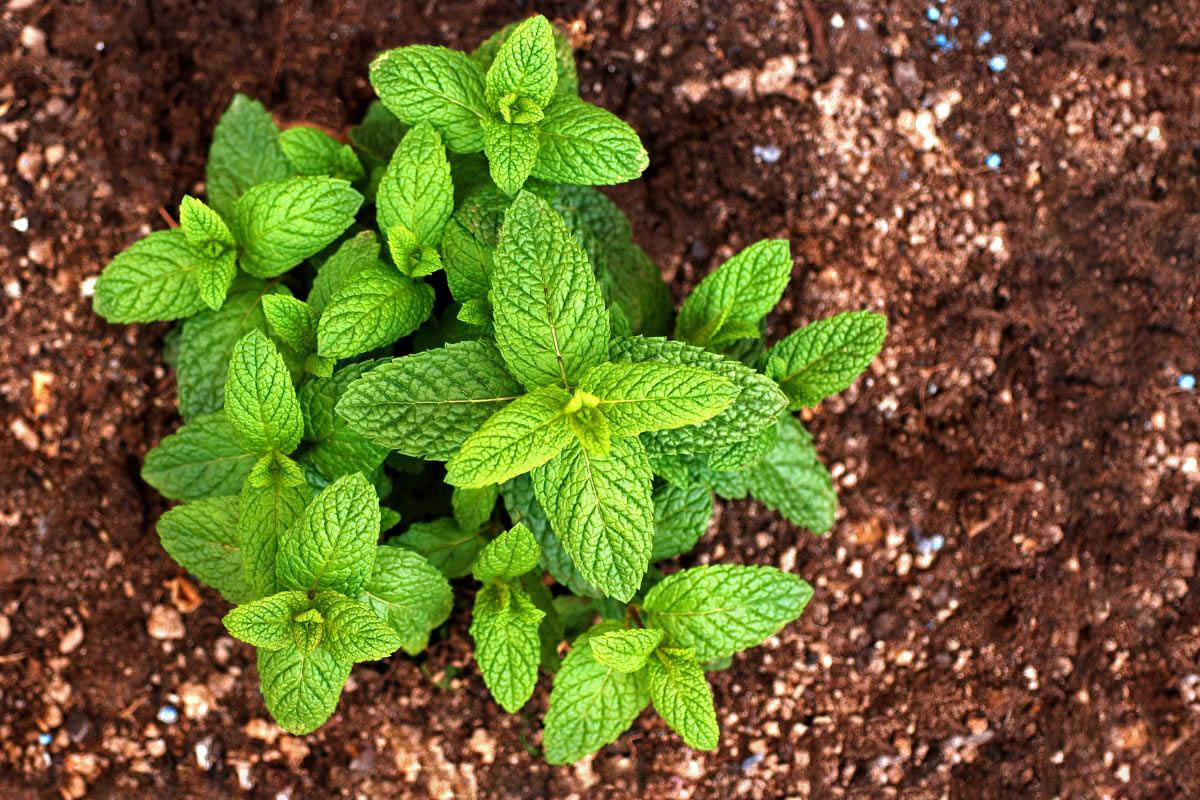

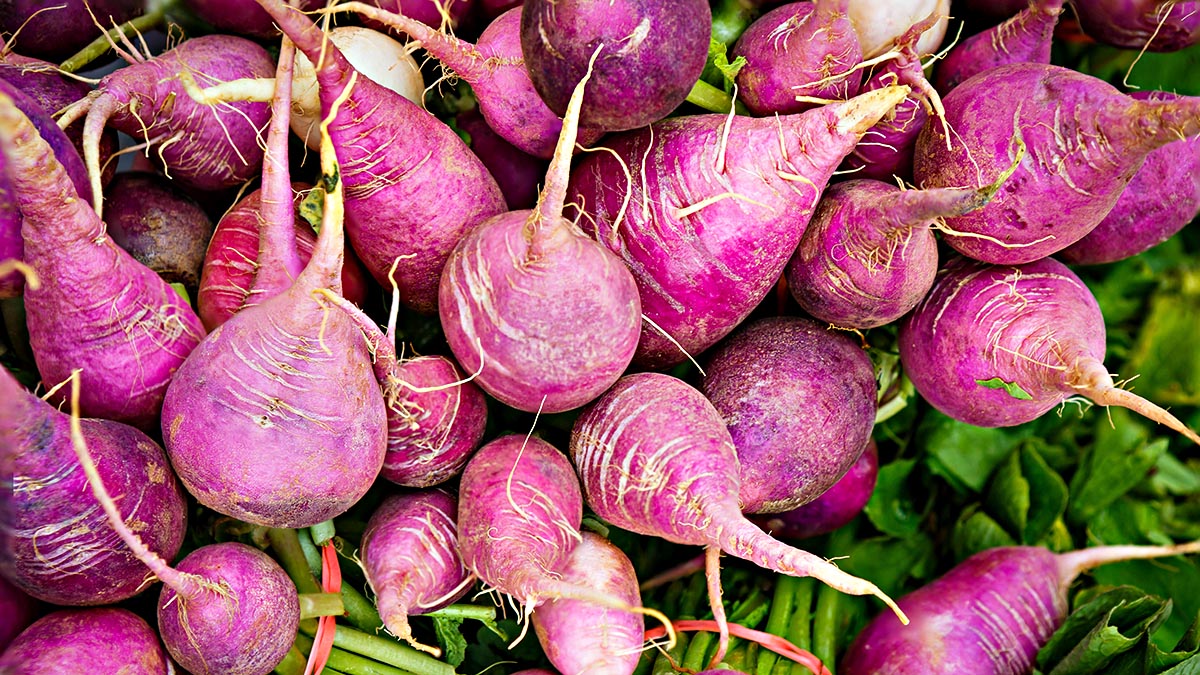
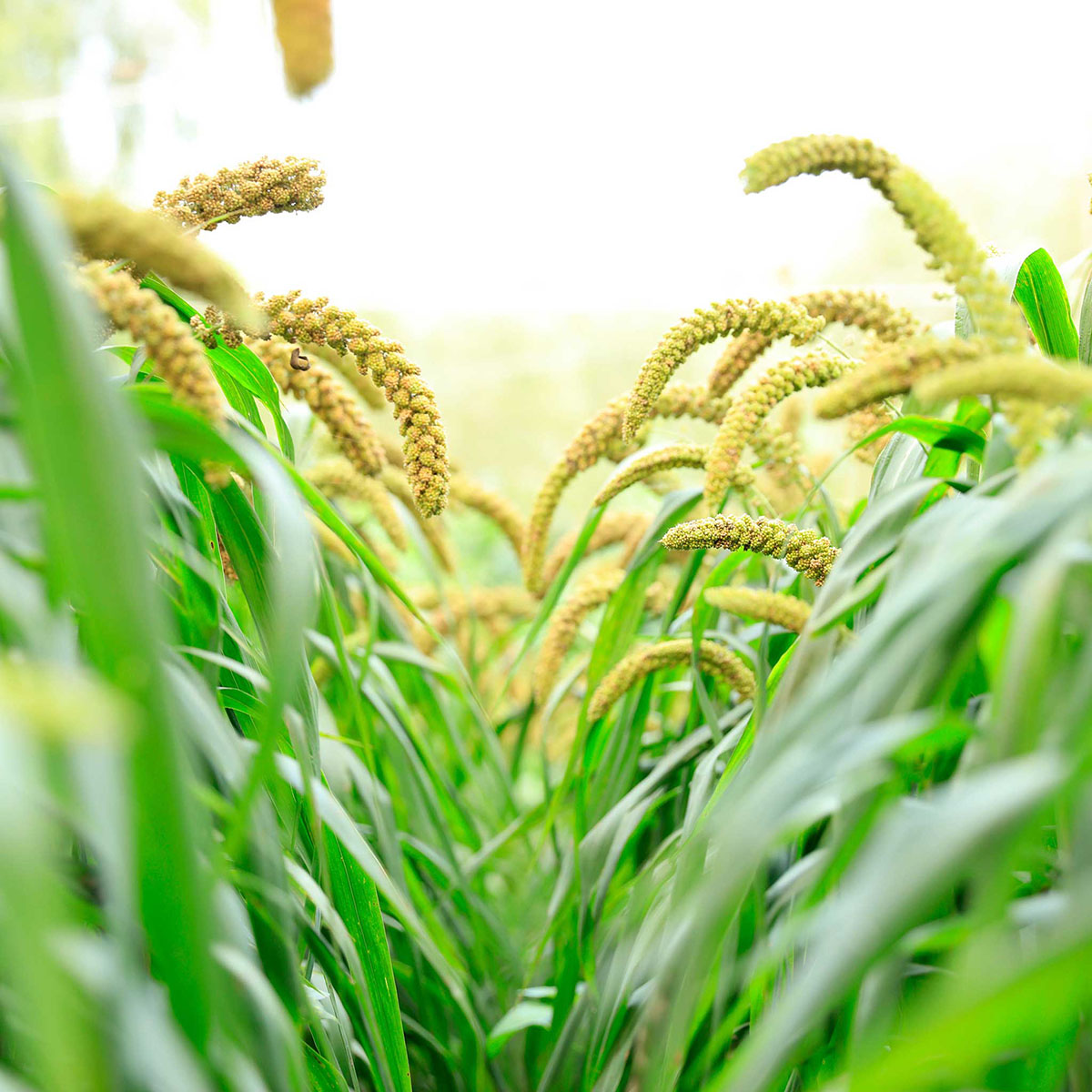
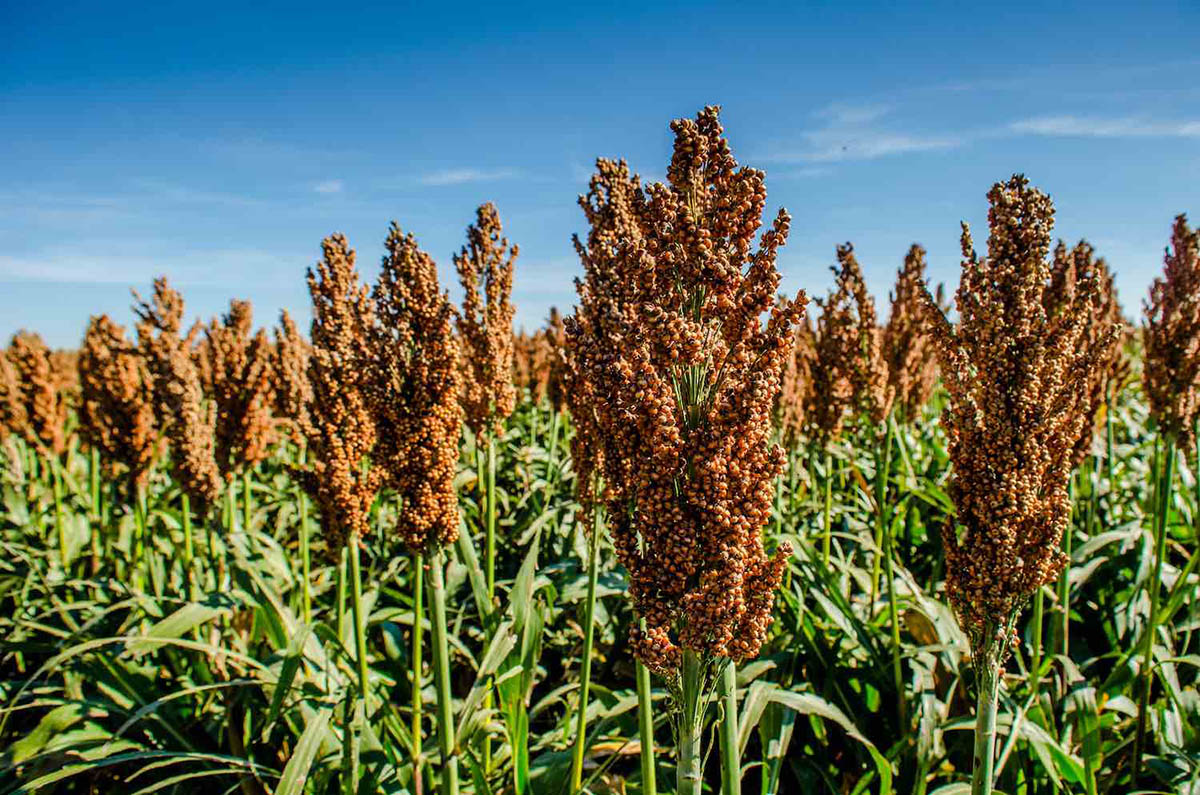


0 thoughts on “How Long Does A Pinto Bean Take To Germinate”